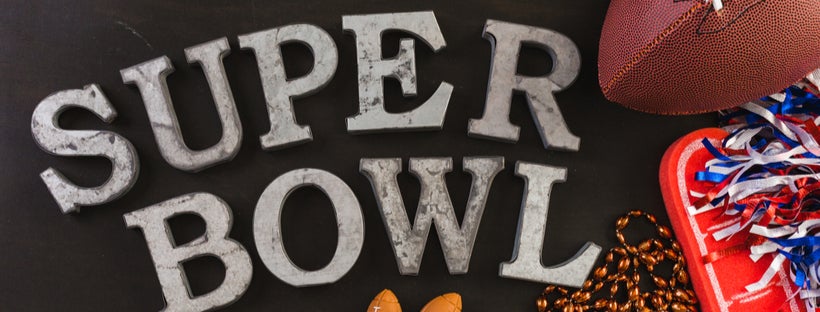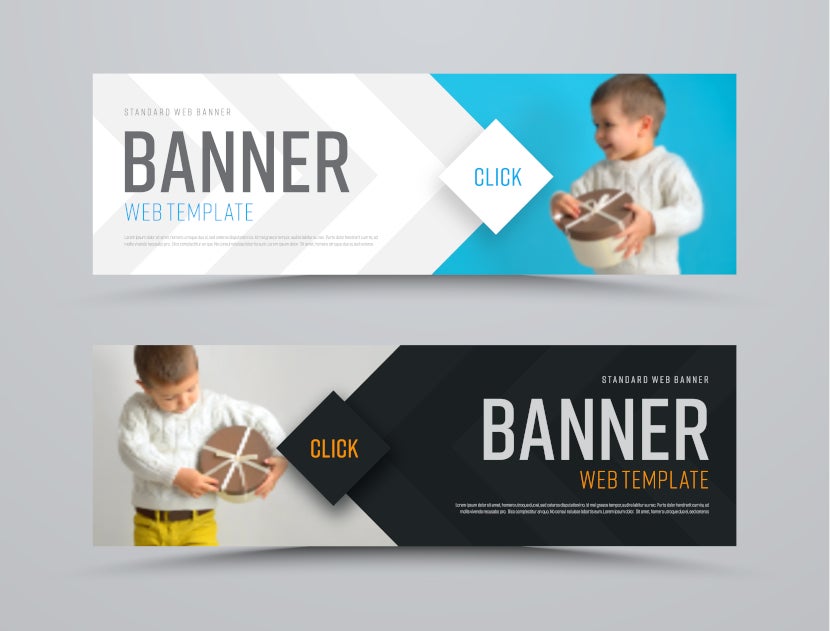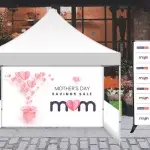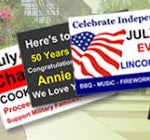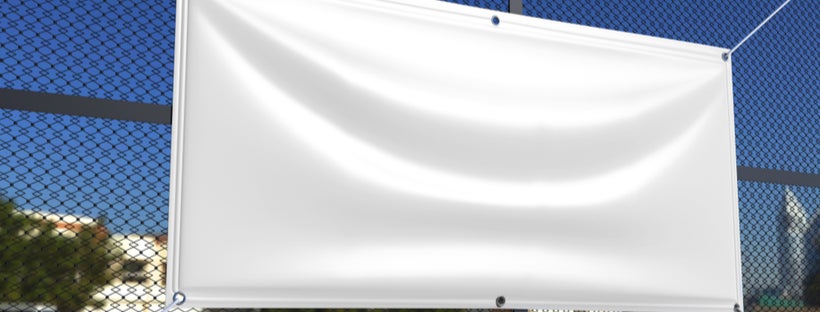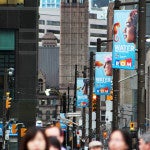
Outdoor advertising has a long and storied history, harking back to the first true modern advertisement in 1468 when William Claxton used an ad to promote his new book.. From those humble beginnings all the way up to digital billboards, advertising has come a long way thanks to the innovations of business owners over centuries across the globe. One of the most effective forms of marketing, outdoor print advertising, has been perfected in the last century. Today, billboards and particularly banners and signage are the most commonly utilized forms of advertising for small businesses, and for good reason. Throughout history, outdoor advertising has proven to be the simplest and most effective way to promote your business and catch a customer’s attention. By examining the innovative past of outdoor advertising, you can gain inspiration for your business’ future.
Humble Beginnings
What can be considered outdoor advertising has existed in even the most rudimentary forms since the days of Ancient Egypt, where commercial information was painted on stones, hawking the wares of shops. Advertisements of this nature remained a common but small scale feature up until the invention of the printing press in the 1400s. This signaled the beginning of the modern era of marketing and advertising: printing advertisements en masse became a feasible, affordable practice.
Mass Production Mania
The advent of the printing press allowed businesses of all sizes to produce printed marketing materials en masse, beginning with book adverts and quickly spreading to signage in shop windows to posters in busy thoroughfares. Maximum production potential meant a maximum of possibilities to be seen by customers, ensuring that businesses could stand out in even the most crowded of marketplaces.
The Circus Is In Town

The introduction of the modern billboard, firstborn in the 1830s to promote traveling circuses, revolutionized the world of outdoor marketing design. Unlike print ads found in newspapers where designers crammed as much information as they could into one small square, a canvas as large as a billboard allowed advertisers to take advantage of a full canvas on which they could add vivid illustrations and typography.
Innovation Meets Inspiration
Innovation came to outdoor advertising in the form of lighting and the role it plays in accentuating signage. As billboards became more commonplace along highways in the 1950s, businesses realized that late-night road warriors would be unable to see their signs hidden in the darkness. This led to the installation of floodlights on nearly every roadside billboard, as well as smaller-scale lights being utilized on posters and window displays found on pedestrian streets. Marketing and advertising had now gone 24/7.
Color Me Impressed
Efficient lighting not only serves the practical purpose of creating nighttime visibility, but it can also be used creatively to build unique color schemes and innovative designs. Different lighting colors can create different feelings and appeals when shined onto advertisements, taking the standard into the realm of artistry.
Looks, Do Matter
The Highway Beautification Act of 1965 required artists to be more stringent with their billboard designs. Government regulations passed down to advertisers called for more refined and elegant designs that keep the highways from appearing cluttered. This has forced advertisers to be unique in their design approach. Advertisement could no longer be so distracting it caused wrecks and instead focused artwork and copy to be created that would stick in the mind of travelers as they drive down the road.
Keeping It Simple
The minimalist revolution was the result of the changes in municipal codes. Potential customers being constantly on the move forced advertisers to adapt to the fact they only had a moment to grab consumers’ attention. Bold graphics and punchy verbiage became far more likely to turn heads than complicated, wordy advertisements. Thus the modern adage was born: less is more.
Visibility and Versatility
While design and visibility may be the key factors in a successful outdoor marketing scheme, ad placement is just as crucial. In modern outdoor advertising, this importance can be seen in the rise of specialized ad locations. While roadside billboards, window signs, and banners have been commonplace for decades, finding ads in your doctor’s office or local auto shop is a fairly new phenomenon. These unconventional locales allow niche businesses to reach a tailored audience that is more receptive to their services or products than the average consumer.
Small Business Comradery
Consider contacting the owner of small businesses whose clientele mirrors your own and inquire about placing custom signage in their lobbies for a small fee. This agreement allows you to reach potential customers in a unique environment that is free of any competing advertisements. Just be sure that your advertisements are also somewhat relevant to the business you’re asking to be posted inside.
Back to the Future
Looking to the past is an invaluable resource when it comes to thinking up your next marketing campaign. It is equally important to look at what the future holds. Innovation is what led to the creation and perfection of outdoor advertising, and it is what can propel your business to continued success. Keep tabs on the latest in marketing technology, from electronic accouterments to new and intricate flag displays.




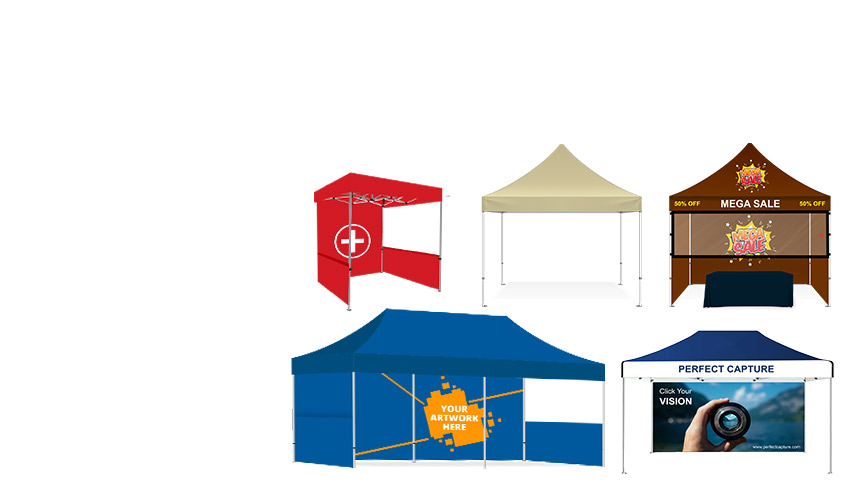
























 Posted in
Posted in  Tags:
Tags: 